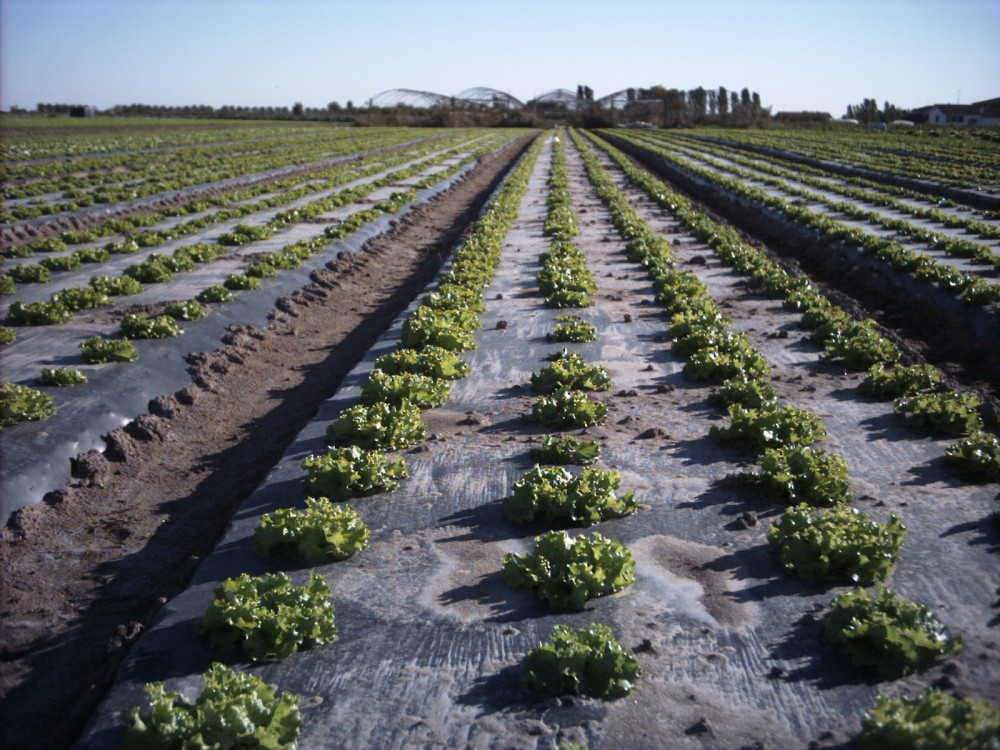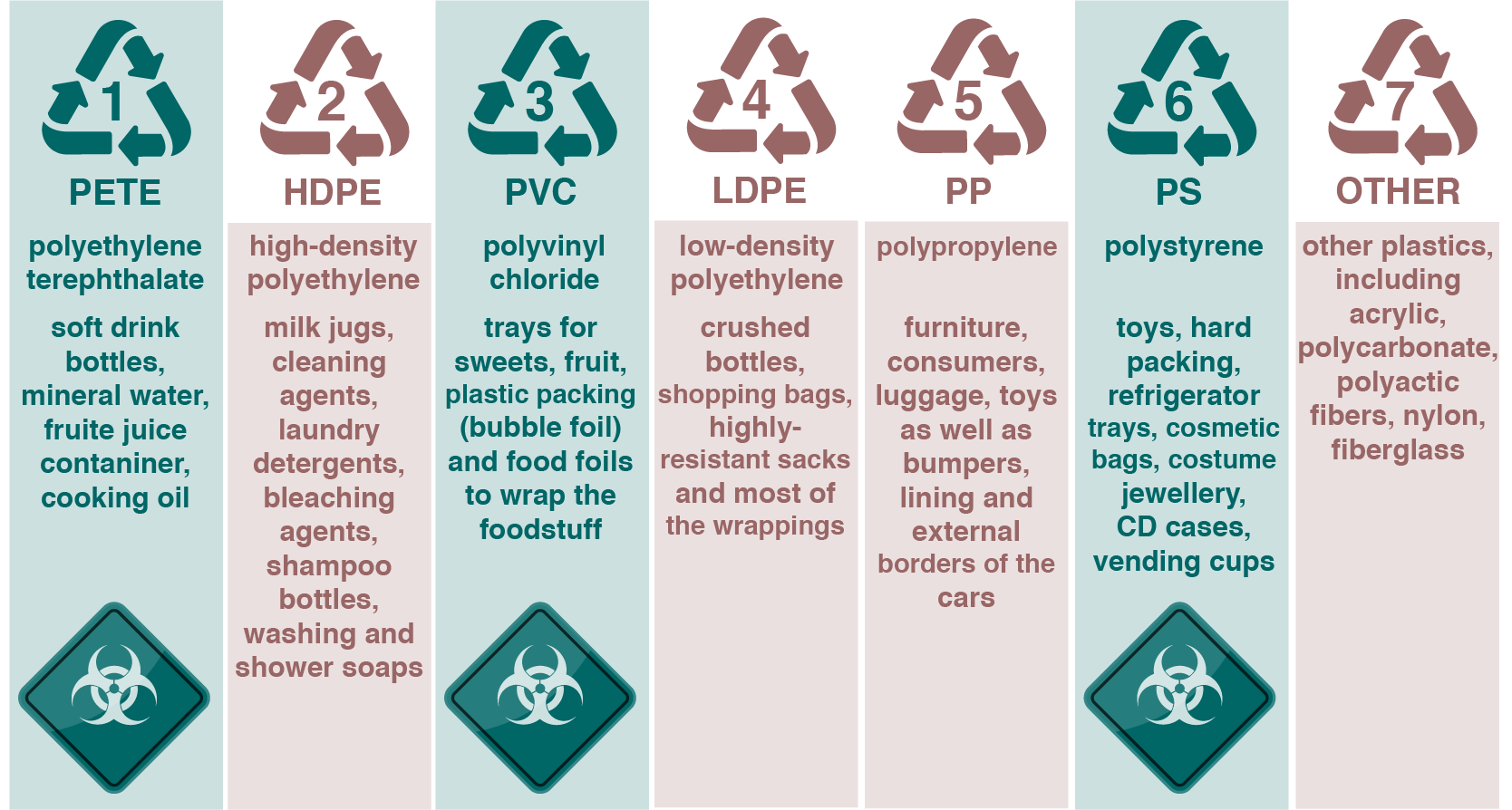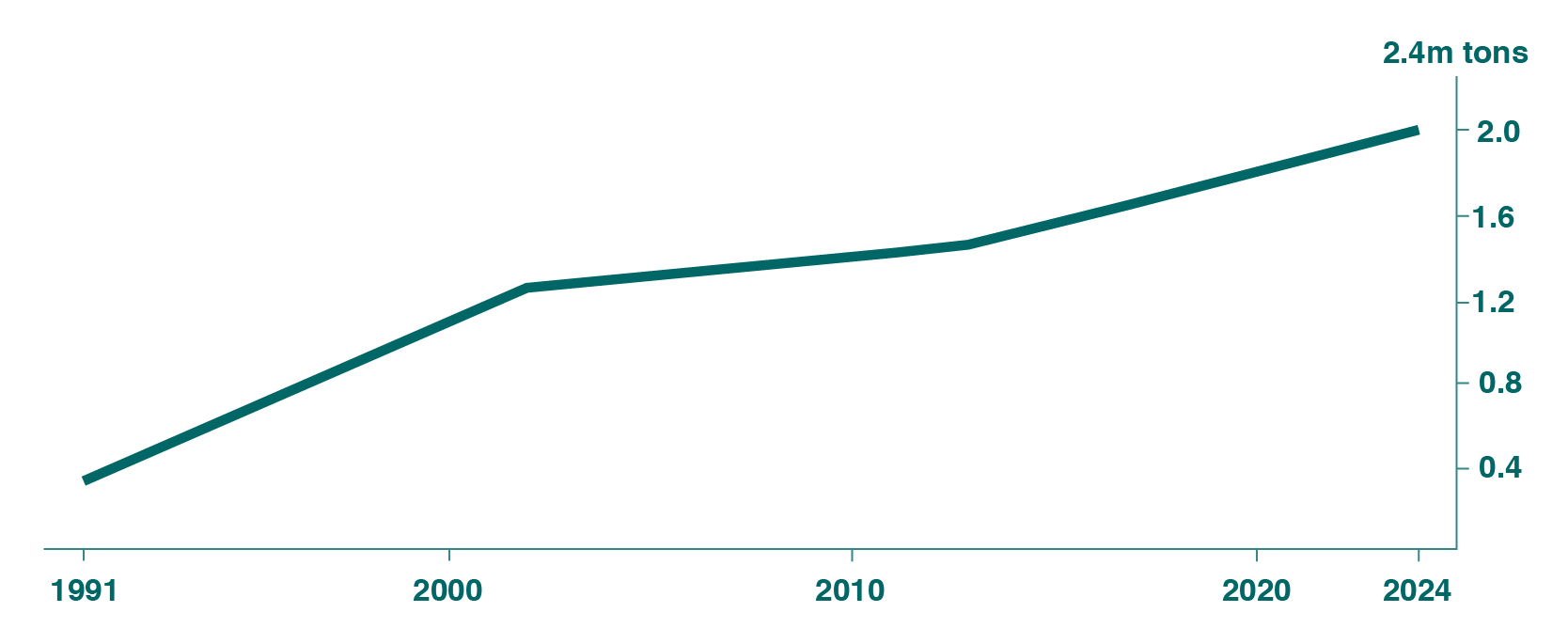Plastics are used in almost every facet of modern day life. Found in packaging, clothing, furniture, microchips and even medical equipment, these imperishable materials are being produced at alarming rates. Polyethylene, one of the world’s most popular and dangerous plastics, is even applied in agriculture as a cheap solution in crop care. Once celebrated for strengthening the global food supply, these agricultural films are now known to severely degrade natural capital and the ecological services we depend on for sustenance.
.
.
The application of razor-thin sheets of polyethylene film across farmland began in the 1950s when agronomists noticed that it could successfully moderate soil temperature, limit weed growth and prevent moisture loss. All essential factors in crop production, this method was found to increase cotton, maize and wheat yields by an average 30%. This was a significant achievement, especially in a world where rising populations rely on increased rates of food production to survive. The promise of increased yields at a relatively low cost formed a multi-billion dollar industry for agricultural plastics. 2,500 square miles of agricultural farmland utilized polyethylene covering for crop care in 2012, requiring 4.4 million tons of plastic. Plastic production for agricultural mulch is expected to see a 69% increase to 7.4 million tons by 2019.
Why is this an issue? Firstly, dangerous toxins released from the polyethylene film can remain in the soil for centuries. Known as white pollution, polyethylene residue is becoming increasingly prevalent in treated soils at levels of up to 300 kilograms (661 pounds) per hectare. Over time, this decreases soil porosity and air circulation, alters microbial communities and compromises soil fertility. Polyethylene also releases carcinogenic phthalate acid esters into the soil, which together with other synthetic pesticides can be easily absorbed by the crops. This is a significant risk to human health. What’s more, the polyethylene films used in the coverings are low density by design, which makes the plastic extremely difficult to biodegrade. Any waste from this process is rarely accepted by recycling facilities and often ends up in landfills and oceans, wreaking havoc on ecosystems around the world.
.
Potentially Carcinogenic Plastics, Everywhere
Source: World Health Organization (2015)
.
While polyethylene contamination exists worldwide, the threat is especially acute in China where 20% of all arable land contains levels of toxins that exceed national safety standards. According to the United Nations Food and Agriculture Organization and the OECD, this contributed to a 6.2% loss of arable farmland in the country between 1997 and 2008. This led the Chinese Academy of Agricultural Scientists to explore alternative crop care methods and address the residue problem. These ranged from biodegradable polymers or mixtures such as polypropylene carbonate and non-contaminating liquid membranes. Unfortunately, these solutions are 4x more expensive and may in fact just delay environmental contamination. Their final decision will have a profound impact as Chinese agriculture is challenging multinational giants such as Nestle SA and Danone SA for increased market share. The consequences of any method adopted will be felt worldwide.
.
The Rising Use of Polyethylene Film in Chinese Agriculture
Source: Bloomberg (2017)
.
One of the most significant challenges facing the world is transforming agriculture into a regenerative system that guarantees the nutritional needs of all are met in a safe, healthy and sustainable way. Abolishing the use of polyethylene films and utilizing natural resources in crop care is a great first step. We at Primal Group are at the forefront of this transformation, strengthening food security by developing solutions based on one of nature’s best-kept secrets – neem.


